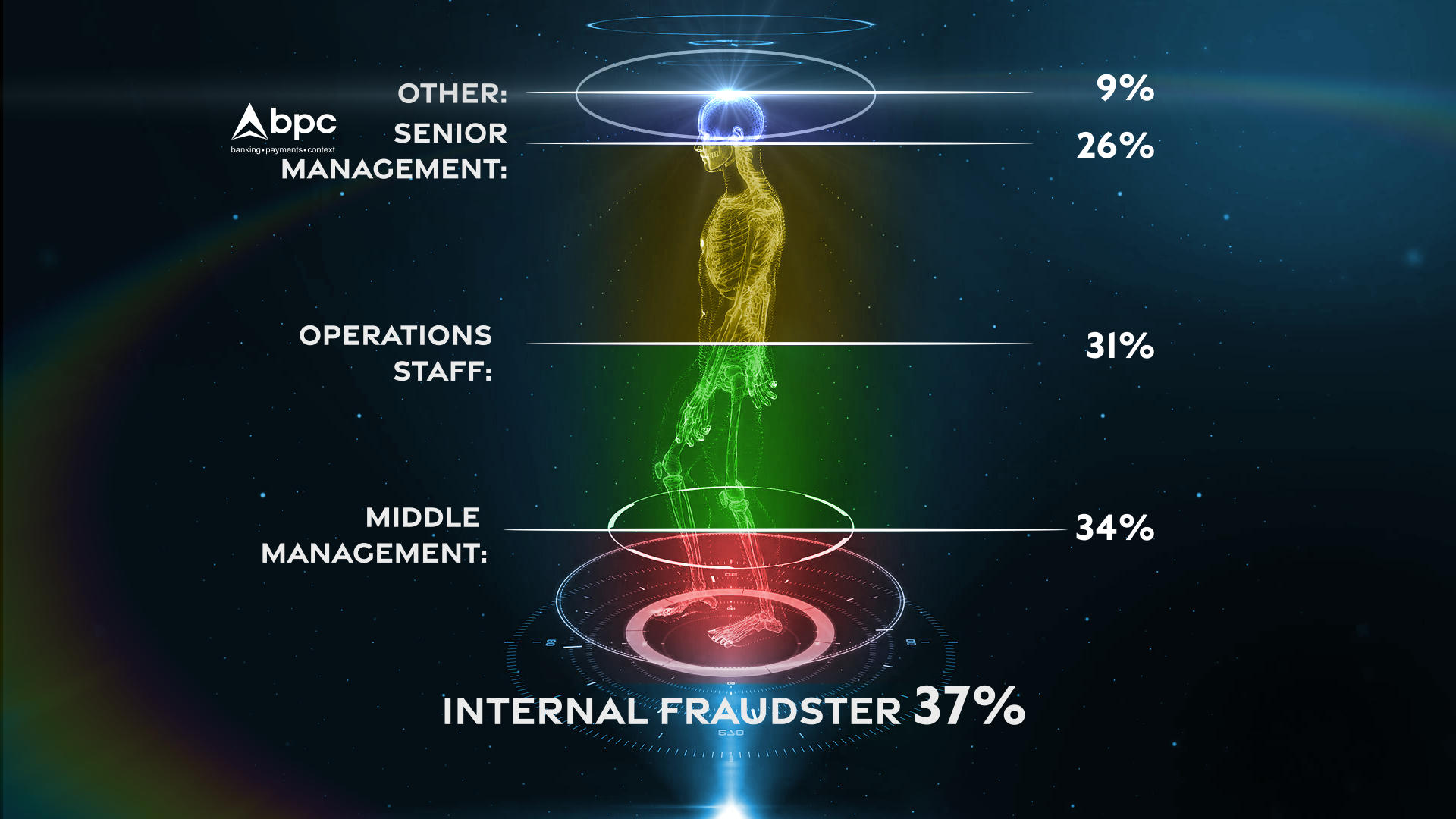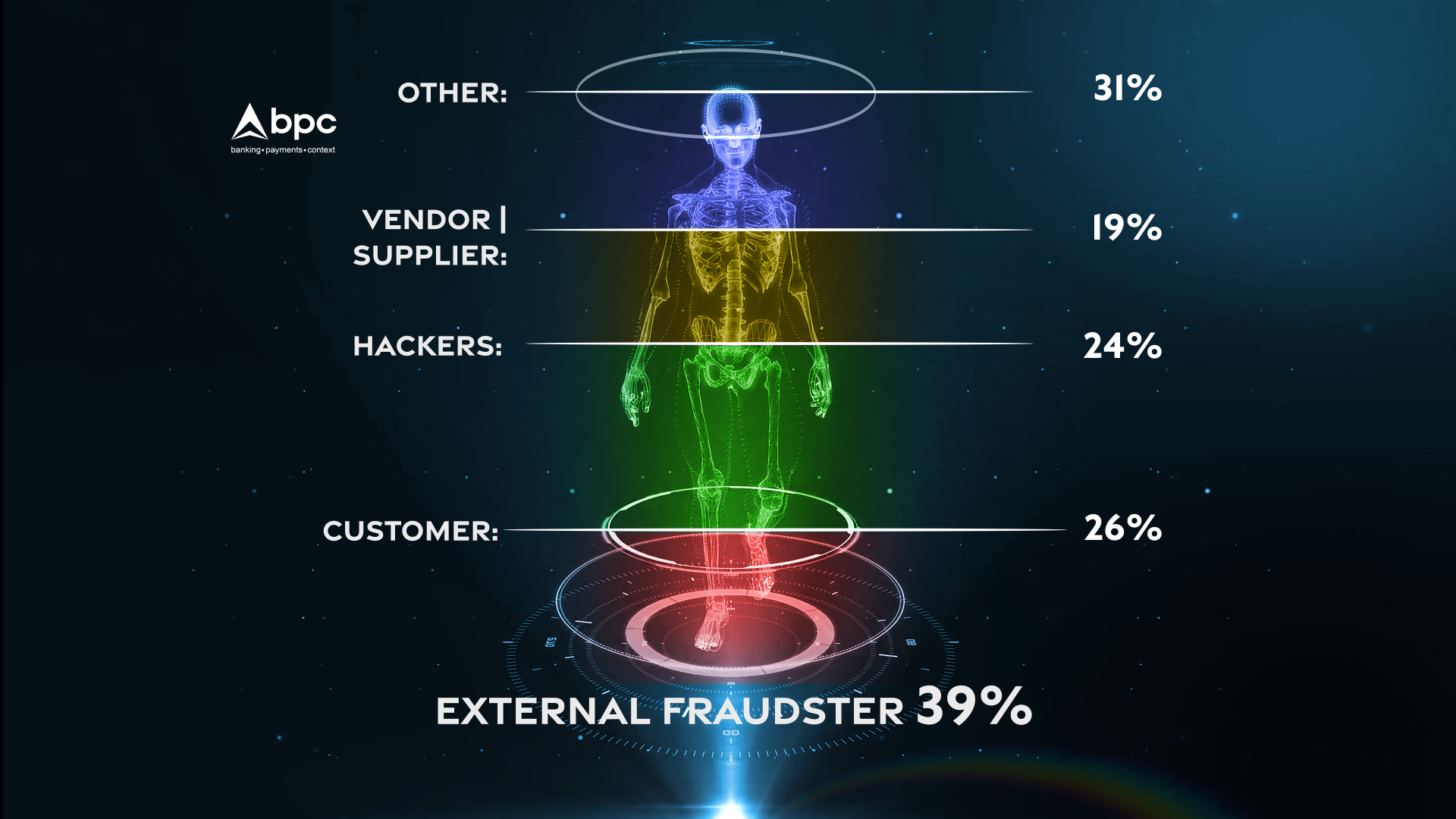Online detective: The Anatomy of the new Fraudster

Experience seamless, efficient and customizable ATM management
End-to-end, secure, and integrative payment solutions
A white-label, user-friendly platform for secure, versatile payment solutions
Engaging employees to learn, improve and master BPC solutions
Robust fraud detection, risk-based authentication, and multi-institutional security
Streamlining payments and enhancing merchant experiences with seamless solutions
Streamlining and securing multi-network transactions while enhancing efficiency
Deliver hyper-personalized experiences with BPC AI
Operate seamlessly with large data sets, source documents, and generate insightful reports with BPC AI Virtual Assistant.
From enabling banks to enabling banking
The building blocks for next gen banking delivered today
Global banking fit for local needs
Stack to Service - white label payment excellence
More and Better Together
Mass transit the personal way
Enhancing the real life of citizens
Mass transit the personal way
Connecting payment rails to the last mile
Creating relevant industry-led ecosystems
Integrate our APIs on your apps.
The latest developer docs, including tutorials, sample code, and API reference.
Experience seamless, efficient and customizable ATM management
End-to-end, secure, and integrative payment solutions
A white-label, user-friendly platform for secure, versatile payment solutions
Engaging employees to learn, improve and master BPC solutions
Robust fraud detection, risk-based authentication, and multi-institutional security
Streamlining payments and enhancing merchant experiences with seamless solutions
Streamlining and securing multi-network transactions while enhancing efficiency
Deliver hyper-personalized experiences with BPC AI
Operate seamlessly with large data sets, source documents, and generate insightful reports with BPC AI Virtual Assistant.
From enabling banks to enabling banking
The building blocks for next gen banking delivered today
Global banking fit for local needs
Stack to Service - white label payment excellence
More and Better Together
Mass transit the personal way
Enhancing the real life of citizens
Mass transit the personal way
Connecting payment rails to the last mile
Creating relevant industry-led ecosystems
Integrate our APIs on your apps.
The latest developer docs, including tutorials, sample code, and API reference.

Nobody likes fraudsters and we tend not to think about them too much. But the lack of knowledge about the fraudster might be a huge disadvantage. Because when you don’t know who you’re dealing with, how do you recognise a fraudster?
To get an answer to that question, we first have to get to know the fraudster on a more intimate level. To really get to know fraudsters; one has to take a look at them closely. Let’s dive into the fraudsters’ world to understand their anatomy.
In a way, fraudsters are just like the rest of us ordinary people. For example, they’ve experienced digitalisation of their ‘profession’, just like any other person that legally tends to their needs. The new natural habitat of the fraudster is the internet: this is where they can find ways to enrich themselves at others’ expense.
Since 2020 online behaviour has changed a lot due to the global health crisis. People tended to do their shopping more and more online because of lockdowns, curfews and forced physical distance. E-commerce boosted, and this led to the massive adoption of online payments worldwide. Never before has cash usage been this low. A trend that is seen worldwide, but especially in mature digitalised countries. Internet is now the place to be for any entrepreneur, and fraudsters tag along.
As of 2020, payment with alternative payment methods has accelerated: contactless NFC and QR codes and bank apps are connected with the most popular marketplaces. The payments at Amazon, eBay, AliExpress, Mercado Libre, Rakuten and Zalando have never been this high and this frequent.
Many things are changing, and this might have consequences for the damage fraudsters can cause:
These figures show you the immense range of the payment market where fraudsters will try to take their chance. The more reason to look at the anatomy of fraudsters for better protection against their practices.
We tend to think that fraudsters are some kind of shady undefinable figures in far away countries. But internal fraudsters, or occupational fraudsters represent a major internal threat for businesses and organisations.
So as it happens, you might know the fraudster (a lot) better than you think. According to an extensive survey, conducted by the Association of Certified Fraud Examiners (ACFE):
Another remarkable finding is that you can find fraudsters all through an organisation, but 20% of internal fraudsters work at an executive/C-Level. Fraudsters that act at the top of an organisation cause the highest amount of average fraud loss ($600K). These people have authority and build trust inside the company, which often enables them to override internal control.

Still, there are many fraudsters you don’t know. It is equally important to have an understanding of the external fraudster. Hackers, customers, vendors and suppliers can cause damage to your business in many ways:
Companies try to speed up since the pandemic boosted online sales. Often this means that they face supply chain challenges as a consequence of the suddenly increased customer demand. Companies under pressure often turn to alternative suppliers and delivery companies. Due diligence procedures to prevent fraud may be skipped. This means these businesses are exposed to an increased risk of fraudulent or inexperienced suppliers. Not to mention the risk of employees colliding with third parties.
The risk of bribery has risen as well, since the pandemic increased business deals between companies and potentially corrupt government officials. Especially in countries where corruption is rampant.

One of the best ways to prevent fraud is to know who you are dealing with. Customer (KYC) and business (KYB) identification and authentication programs are key. Screening, identity verifications and in-depth analysis of the risks of new or existing relationships have to be done.This may seem time consuming, but can save a lot of money in the end. A great part of these processes can be automated. For example by artificial intelligence that recognizes fraudulent patterns, but the identifications and other safety measures can also be automated. Knowledge about fraud and automated fraud management systems are the tools for the online detective to keep your company and it’s business safe.